 |
|
Now that they are vital parts of our lives, the accessories we use with smartphones aren’t optional anymore. They’re mandatory. They even have their own word: Appcessories.
That’s how the makers of the gadget want us to think. And many users think that way already.
Yoo Sung-man, the 47-year-old CEO of mobile solution company Ixonos Korea, goes on many business trips and he always packs multiple smartphone accessories such as an external battery and Bluetooth keyboard. Yoo believes the accessories increase his work efficiency.
The most widely used smartphone accessory, a case, used to be a way of showing off your new gadget. Its function was restricted to protecting it from scratches.
No longer.
 |
|
Some cases waterproof the device. Others are battery chargers with solar panels installed on the back of the case.
Working with documents on a smartphone isn’t the easiest thing in the world, especially if you try to use the tiny keypad on the screen. But with a Bluetooth keyboard, a smartphone transforms into a small laptop computer, especially for young people with keen eyesight.
 |
|
Other smartphone accessories that are grabbing attention include a product that can charge more than two smartphones simultaneously as well as a headset that allows a user to listen to music while talking to another person on the same smartphone.
“Before, accessories were all about design,” said Jeong Yoon-kyung, head of the marketing department for IT accessory company Belkin Korea. “Now, it has become a new IT trend. Products are evolving rapidly to suit user’s preferences and lifestyles.”
The appcessory market is expanding fast.
Last week, Digieco, the economic and business research institute of the nation’s second-largest mobile carrier, KT, said the domestic market grew to 1 trillion won ($891 million) last year from 244.5 billion won in 2010. This year, it is expected to reach 1.7 trillion won.
Some of the appcessories have a unique function that can’t be found in a smartphone an are also gaining wide popularity.
Such a range of new products can be seen in Nike’s Plus Fuel Band and SK Telecom’s Albert.
Plus Fuel band allows users to measure their daily exercise on their smartphones. Albert is an interactive toy that allows children to play board games and read books.
Appcessories are not limited to daily life. They is also now being used for business. In a business meeting you don’t have to walk in with a laser pointer sticking out of your pocket. All you need to do is plug in a small gadget that shoots a laser where your earphone would normally plug in.
There’s even a surveillance camera that allows parents to monitor their kids at home via smartphone.
Experts foresee a new IT ecosystem made up of appcessories, especially with the release of new portable devices such as tablet PCs, smart watches and Google Glass, the computer you wear like a pair of eyeglasses.
“If Korea can combine advanced manufacturing technology and competitive software and services, there is the opportunity of new industries,” said Son Young-hoon, researcher at Digieco. “It could open up foreign markets such as the U.S., Europe and even China/India.”
According to Digieco, the evolution of the appcessories market can be divided into three periods.
It was a niche market for cell phones between 1997 and 2004. Key chains were the leading products.
Then a nascent period between 2005 and 2009 saw a variety of more advanced phones released. At this time, screen protector film was released.
Full-scale growth began in November 2009 when the iPhone 3GS was first introduced in Korea, and it is continuing until now.
According to the KT’s research, domestic consumers spend around $36.58 on appcessories.
In the U.S., the average is around $56.18. But recently, some products priced over $90 have been gaining interest from consumers.
BY sohn hae-yong [ebuiness@joongang.co.kr]




